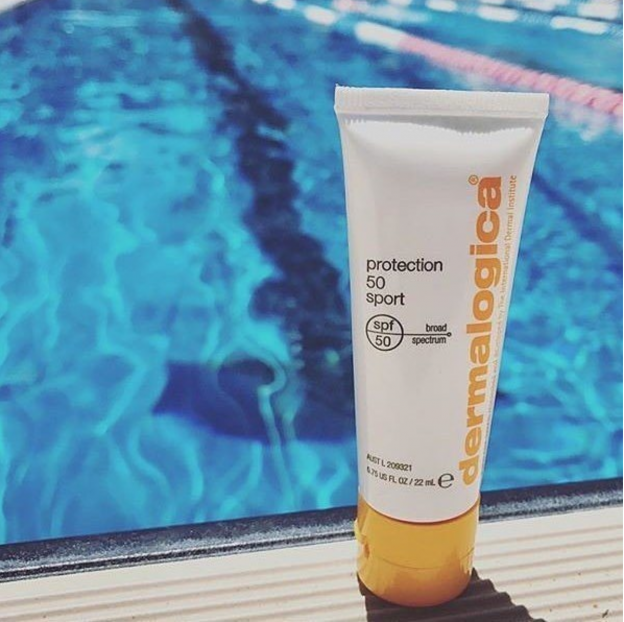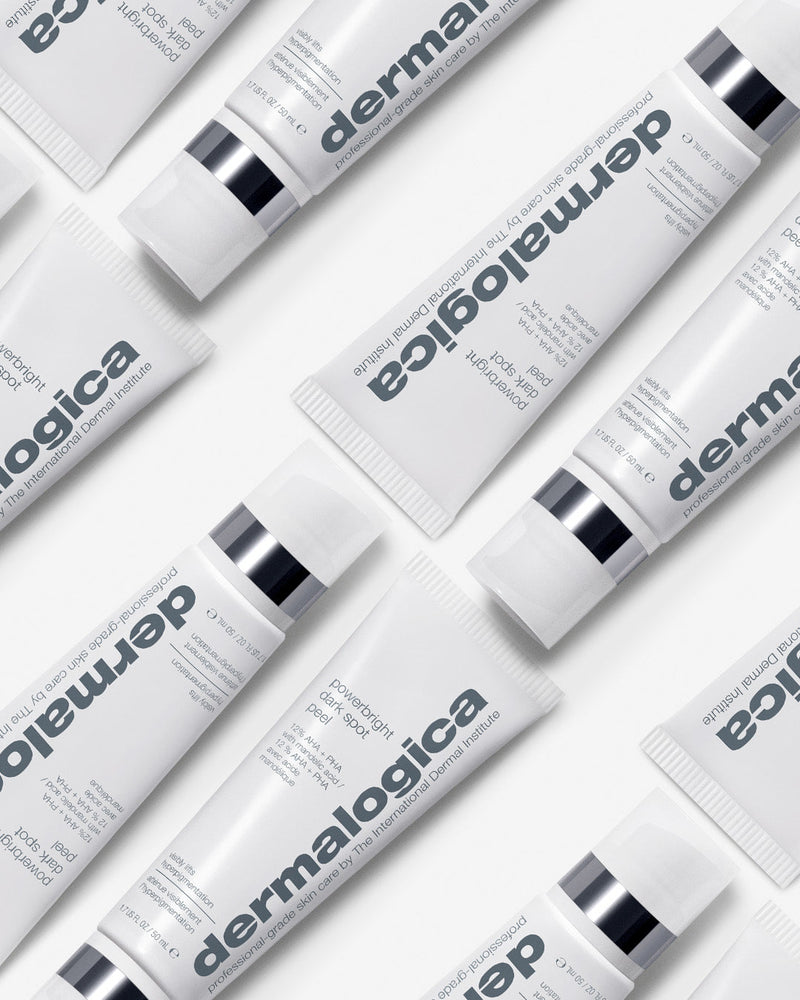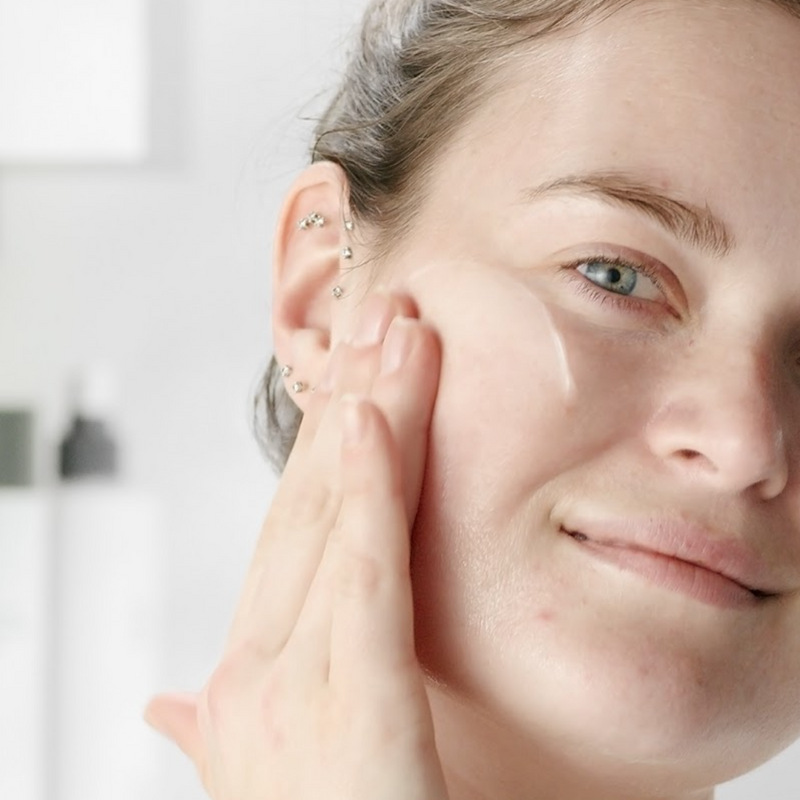Did you know that two in three Australians are diagnosed with skin cancer by age 70?
And that more than 2,000 people in Australia die from skin cancer each year?
The Cancer Council estimates that Australia spends more than $1 billion per year treating skin cancer but with some key protection methods we can prevent most skin cancers!
Most of us will remember the Slip, Slop, Slap message from years past... but now, coming up to National Skin Cancer Action Week, Australians of all ages are urged to always use the five forms of sun protection. These are to:
SLIP on sun-protective clothing
SLOP on SPF30 (or higher) broad-spectrum, water-resistant sunscreen
SLAP on a broad-brimmed hat
SEEK shade
SLIDE on UV protective sunglasses.
A combination of these measures, along with getting to know your skin and regularly checking for any changes, are the keys to reducing your skin cancer risk. For many Australians, applying daily sun protection is still not a ritual, even though there has been endless education and a plethora of products on the market.
Here, Ellie Douglas - Dermalogica Training Specialist helps us navigate the different SPF products available and discusses the importance of shielding against UV rays every day, not just when we're at the beach!
Busting the myth on sunscreen
It’s a common misconception that sun protection factor (SPF) products are designed for use solely in the summer or hotter months. When the sun’s not beaming brightly, our sunscreen retires to the back of our bathroom cabinet, only to make its next appearance with the swimwear and sun hats, and by then it may have expired.
In reality, UVA rays are present at the same intensity all year round. Being the longest rays in the spectrum, they penetrate to the deeper layers of the skin causing damage to our collagen and elastin. UVA is the culprit for much of our visible skin ageing in the form of wrinkles, sagging skin, uneven skin tone and sun spots. Other signs of damage are the appearance of small blood vessels and spider veins on the face, neck and chest.
Don’t get a false sense of security when sitting in doors or when the weather is a dull, as UVA can penetrate unfiltered glass including some car windows. And don’t count on the clouds to protect you, as UVA is still active on cloudy days. They say, “prevention is better than cure”, and this phrase couldn’t be more fitting when talking about wearing sun protection. A daily dose of an SPF 30 - 50+ should be your number one product priority, to not only protect the skin, but prevent against the signs of premature ageing.
Out with greasy, in with invisible!
There are some highly sophisticated sunscreen technologies available today. No longer do we have to be afraid of our SPF. It doesn’t have to feel greasy and suffocating on our skin. Not all sunscreens will clog the pores and cause breakouts and congestion. In fact, with the advances in some sunscreens today, you won’t even know that you’re wearing one. And as a bonus, your chosen sunscreen can even help firm, mattify and brighten your skin, depending on your individual skin goals and challenges.
Dermalogica uses two advanced technologies in its sunscreen formulations, making our fear of sunscreen a thing of the past…Let me introduce you to oleosomes and UV smart booster technology. Oleosomes are tiny moisturising bubbles that can be loaded with SPF. The result is a sunscreen that allows for increased SPF activity whilst using fewer chemical sunscreens and is therefore less likely to cause skin sensitivity. What’s more, these moisture rich oleosomes deliver a feather light, wearable consistency. Effective protection from harmful UV rays is a two pronged approach. Firstly, the rays must be either absorbed with chemical sun screens or reflected with physical sun screens. Secondly, the skin will benefit hugely from having a good dose of antioxidants to fight free radical damage caused by exposure to UV rays.
Dermalogica’s UV smart booster technology provides a fresh dose of encapsulated vitamins which are cleverly released only when they encounter UV rays. Once you’ve found a sunscreen that you’re happy with, the next part is applying it correctly.
Here are Ellie's top tips for optimum protection:
- Apply ideally 30 minutes prior to sun exposure.
- The Cancer Council of Australia’s guide to applying sun screen is half a teaspoon for
the face, ears and front and back of neck.
- Reapply your sunscreen every two hours.
- Don’t forget bald heads, thinning scalps, the chest, arms and hands - they all need protecting too!
Selecting a sunscreen for your skin type and lifestyle
Many of Dermalogica’s sunscreens are built into a moisturiser, so if you’re time poor these make a good option - just pick out one that’s best suited to your skin. But if you already love your daytime moisturiser, then consider a product like Solar Defense Booster SPF 50, this innovative sunscreen allows you to add a few drops to your moisturiser or even your foundation and get the protection you require.
Reactive and sensitive skin: Choose a physical sunscreen such as the Super Sensitive Shield SPF 30. This 2 in 1 moisturiser, formulated with natural mineral sunscreens, contains oat and botanical actives to help minimise any skin irritation.
Oily skin and breakouts: Use a medicated, oil free treatment moisturiser with an SPF 30+. We recommend Oil Free Matte SPF 30 from the MediBac Clearing system.
Fine line and wrinkles: It has to be Dermalogica’s Dynamic Skin Recovery SPF 50. With its medium weight consistency, it’s a winner for all skin types. This ultra-hydrating sunscreen is jam packed with antioxidants and age fighting vitamins and peptides.
Uneven skin tone and brown spots: Pure Light SPF 50 is the product of choice. It shields the skin from UV-induced hyper-pigmentation, whilst brightening peptides and exfoliating enzymes enhance skin tone and fade dark spots. Thankfully, sunscreens have come a long way in the past five years; they’re feather light, fast-absorbing and with added skin benefits. Whether it's skin cancer prevention or a desire to slow down the ageing process, sunscreen has it covered and more. It’s time to upgrade your sunscreen from the back of the bathroom cabinet and make it a daily staple product alongside your cleanser and moisturiser.
19-25th November 2017 is National Skin Cancer Action Week.





